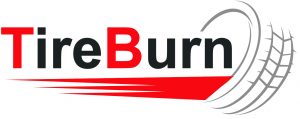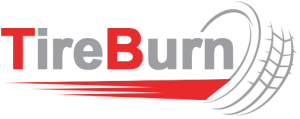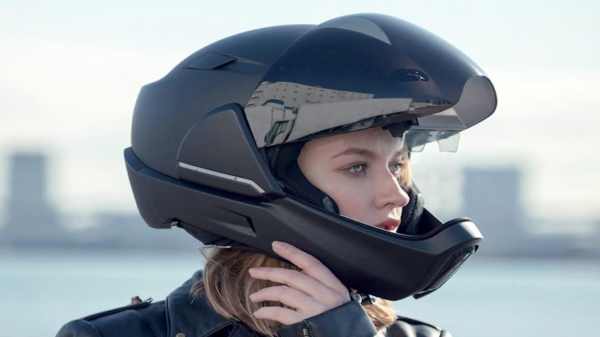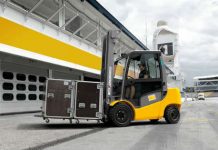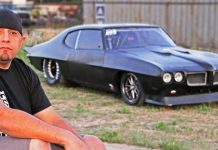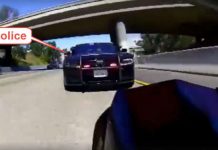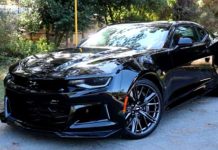Buying a motorcycle is the beginning of a new life. The freedom of the open road, the connection between machine and rider, you could literally wax poetic about the whole experience. Many have. When it comes to riding a bike, it feels like the sky is the limit. In order to prolong all the fun you’re going to have with your new motorbike, you’ll want to wear the proper protective equipment. To start, helmets are a must for safe riding. Let’s discuss the different types of motorcycle helmets available today.
Helmet Parts
The individual parts of a helmet all play specific roles relative to either protection or comfort. Here’s a quick overview of the components and the reasons they’re there.
- Exterior shell – usually made of Kevlar, carbon fiber, molded plastics, polycarbonate, or all four, the outer shell is there to protect your head from injury in the case of an accident or wipe-out
- Visor/face shield – keeps dust, bugs, and debris from hitting your face and eyes
- Shock absorbing liner – as the name suggests, it prevents impact force from transmitting to your head in an accident
- Padding – supports your head to provide extra comfort
- Chinstrap – this very important piece helps to keep the helmet secured to your head as you drive
- Cheek pads – there to help keep the helmet in place and provide additional comfort and protection, but only found in certain helmets
- Vents – crucial for 3/4 and full-face helmets, ventilation systems help to evaporate sweat and keep your head from overheating
Types of Motorcycle Helmets
When it comes to choosing a motorcycle helmet, there are six main options plus a rising newcomer. You may want to pick one that matches your bike, accommodates whatever off-roading activity you enjoy, or even just looks good. All types of motorcycles, whatever your preference, have a helmet to suit.
Full Face Helmets
Full-face helmets are considered to be the safest and most popular option. The reason for this comes in the form of a chin bar, a feature lacking from many other types of motorcycle helmets.
Seeing as the chin receives the most impact in the course of an accident, the full-face helmet offers the most protection available. It comes in a variety of colors, patterns, visor styles, and more.
In recent years, many of these helmets have been equipped with Bluetooth speakers, high-visibility options, and sunlight adjustments. They also have built-in ventilation systems to make for cool, dry, and safe riding.
Modular Helmets
Also called “flip-up” helmets, these types of motorcycle helmets are a combination of the 3/4 and full-face styles. Designed with those who ride in an upright position in mind, the eye-opening faces straight ahead and the chin bar sits lower.
Although modular helmets do have the chin bar for protection, safety is still slightly reduced due to the extra hinge feature giving it the name “flip-up”. This makes it so the visor and chin bar can be flipped upward to open the front.
Open Face Helmets
Open face helmets are also known as 3/4 helmets. They cover the sides, top, and back of your head, leaving your face exposed. This style is popular amongst those who want to feel the wind on their skin.
Structurally as safe as full-face helmets in the areas they do provide protection, open face helmets do not protect against extreme weather, bugs, and other debris. This style also usually includes a partial or full visor to shield your eyes from sunlight.
Half Helmets
The famous “Pudding basins”! Although much lower on the spectrum of road protection, these helmets are extremely popular among those who ride vintage and cruiser bikes. No other helmets let you experience the world the way these do.
Affording some head protection, the face is left exposed which makes these types of helmets best for slow riding. The American Legend Rider collection of helmets offers a great variety for hardcore enthusiasts.
Off-Road Helmets
These types of helmets are designed for avid dirt bikers, motocross lovers, and other off-roading activists. They usually offer maximum protection, lighter weight, and increased ventilation due to excess energy expenditure during these activities.
They’re made of durable, high-impact resistant materials such as Kevlar and fiberglass and contain larger visors and more pronounced chin bars. This provides more protection where it’s needed due to the increased capacity for injury.
Dual Sport Helmets
Here we have the lower chin bar and larger visor of an off-road helmet mixed with the inner padding and comfort of a full-face helmet. They were specifically created for on and off-road riding.
These helmets have the option of a visor for street and trail driving which can then be flipped up to allow for the goggles and direct airflow needed during certain motorbike sports. This style is often equipped with special features that can provide removable protection for just about any condition you can think of.
Smart Helmets
Helmet, meet robot. Well, not quite but almost. Seemingly modeled after Tony Stark’s high-tech suit, these types of helmets boast touch screen panels, customizable displays, rear-view cameras, smartphone-to-speaker connection, and more. They’re the new guys on the block.
Into The Sunset
Now that you have a general idea of the different types of motorcycle helmets available today, finding the right one for you shouldn’t be too difficult.
If you’re fairly new to the whole “riding off into the sunset on a motorcycle” thing and want to learn as much as you can about safety, machine care, and more, we have an entire biker section for you to check out!
